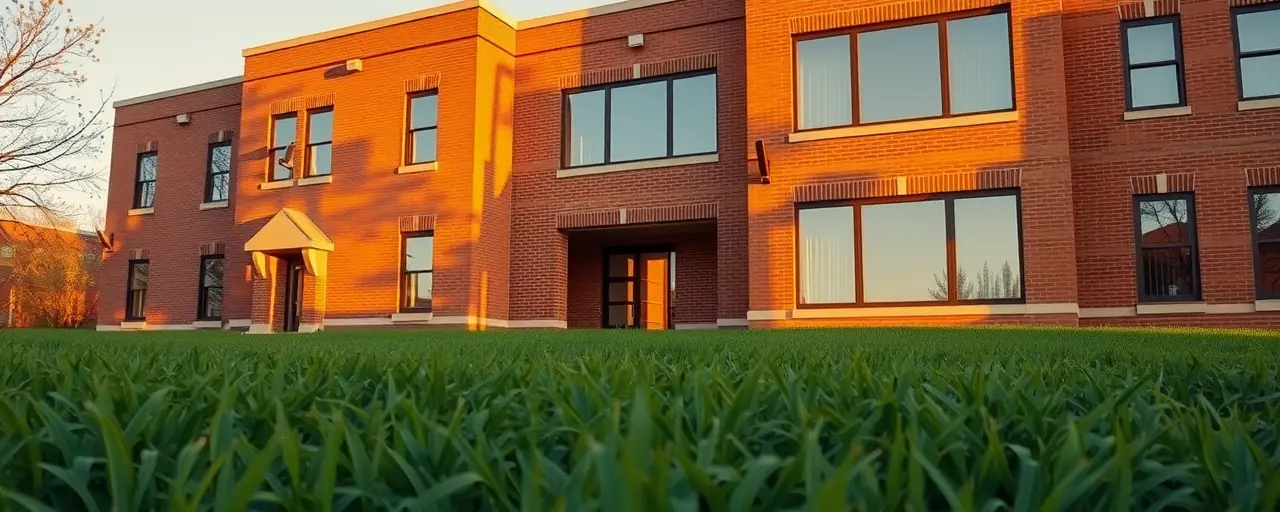Georgia’s Vision for a Thriving Workforce
Georgia’s economy shines as a national leader, often hailed as a top destination for business. To keep that momentum, the state must equip its people with the skills to meet new challenges. On May 12, 2025, Governor Brian Kemp signed four bills, HB 192, HB 38, HB 172, and SB 85, each aimed at strengthening the state’s workforce. These laws prioritize education, expand opportunities, and tackle specific gaps, offering a blueprint for a more inclusive and capable talent pool.
Across the U.S., states are reimagining workforce development to match fast-evolving industries. Georgia’s strategy centers on practical steps, from simplifying college access to supporting rural professionals. For students, families, and communities, these changes promise tangible benefits, though questions linger about ensuring fair access and lasting impact.
Connecting Education to Opportunity
HB 192, dubbed the Top State for Talent Act, anchors Georgia’s workforce strategy. It formalizes the Georgia MATCH program, which has boosted university enrollment by 6% and technical college enrollment by 9% since its 2023 launch. The program sends tailored admissions letters to high school seniors, securing their spots at public institutions. This direct approach aligns education with employer demands, preparing students for in-demand careers.
Representative Matthew Gambill and Senator Drew Echols, key sponsors, emphasize that MATCH opens doors, especially for first-generation college students. Yet, some education advocates highlight a gap: enrollment alone doesn’t guarantee success. With national college completion rates at 62.2%, additional support, like academic coaching or financial aid, remains essential to help students graduate.
Lifting Up Vulnerable Students
HB 38 extends the college completion grant program to 2029 and eases eligibility rules, enabling more students in the University System of Georgia and Technical College System to access aid. This helps students finish degrees and enter the job market ready. Meanwhile, SB 85 launches the Georgia Foster Care Scholarship Program, providing up to $30,000 yearly for foster and former foster youth after other aid is applied.
The scholarship tackles a stark disparity. Only about 3% of foster youth earn a bachelor’s degree by age 26, compared to 30% of their peers. Programs like SB 85, mirrored in states like California and Minnesota, offer more than money; they provide a path to stability. Still, some policymakers argue that mentoring, housing, or mental health support is equally vital to ensure these students thrive.
Filling Gaps in Rural Care
HB 172 addresses a critical shortage of veterinarians in rural Georgia. The bill raises loan repayment for those specializing in food animals from $80,000 over four years to $90,000 over three years, encouraging service in underserved areas. This effort aligns with federal programs, like the USDA’s Veterinary Medicine Loan Repayment Program, which supports 243 shortage areas across 46 states in 2025.
Veterinarians in rural areas play a key role in protecting food supply chains and public health. However, some experts caution that loan repayment is only part of the solution. States like Idaho and Oklahoma are investing in recruitment and training to build a steady flow of rural professionals, suggesting Georgia may need to expand its approach to sustain progress.
Navigating Workforce Development Goals
Georgia’s 2025 laws fit into a national push to rethink workforce preparation. Some policymakers favor tying funding to measurable outcomes, like job placement rates, to ensure accountability. Others advocate for broader investments, such as financial aid or support services like child care, to prioritize equity. Both perspectives share a common aim: a workforce that fuels economic growth.
Balancing these priorities is complex. Outcome-focused funding can strain institutions serving low-income students, while large-scale aid programs face questions about cost. Georgia’s blend of targeted scholarships, loan relief, and simplified admissions aims to bridge this divide, but its success hinges on careful implementation to deliver equitable results.
Building Tomorrow’s Workforce
Georgia’s 2025 legislation lays a foundation for a stronger, more inclusive workforce. Students gain clearer paths to rewarding careers through expanded aid and easier college access. Rural communities stand to benefit from more veterinarians, bolstering local economies. Foster youth receive vital support to pursue higher education and break cycles of hardship.
The road ahead requires focus. Directing funds to those most in need, pairing aid with robust support, and tackling systemic barriers will determine the laws’ impact. As Georgia refines these policies, its ability to adapt will shape the state’s economic future for generations.
For now, Georgia is betting on its people. The outcome rests on turning these commitments into real opportunities for students, professionals, and communities statewide.
